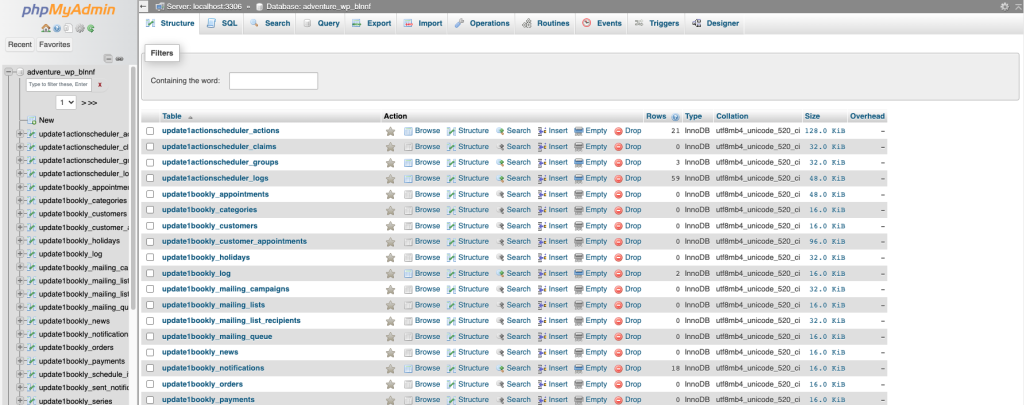Beneath the surface of every WordPress website lies a complex MySQL database, orchestrating the storage and retrieval of critical information. As your website evolves, mastering the intricacies of database optimization becomes imperative for sustaining optimal performance. In this comprehensive guide, we’ll venture into the technical depths of the WordPress database, unraveling the complexities and offering advanced insights for meticulous optimization and maintenance.
Understanding WordPress database structure
WordPress, being built on MySQL, employs a relational database model. Its database consists of multiple tables, each responsible for managing specific types of data—posts, pages, comments, options, and more. Gaining a profound understanding of these tables is the foundation for effective optimization.

The importance of database optimization
Efficient database queries lie at the heart of a fast-loading website. A well-optimized database ensures that queries are executed swiftly, contributing to a seamless user experience and improved performance.
Resource efficiency
A lean database translates to lower resource consumption. This is particularly critical for shared hosting environments where resource usage directly impacts site performance.
Enhanced SEO ranking
Site speed is a key factor in search engine algorithms. A highly optimized database contributes to faster page load times, positively influencing SEO rankings.
Key steps in database optimization
Before initiating any optimization tasks, create a comprehensive backup of your database. This ensures a safety net in case anything goes awry during the optimization process.
Database cleanup
Remove redundant data to reduce bloat. This includes purging spam comments, eliminating post revisions, and cleaning up unused plugin data. Utilize plugins like WP-Optimize or SQL queries for a meticulous cleanup.
Indexing
Proper indexing is pivotal for query performance. Analyze your query patterns and implement appropriate indexes on columns frequently used in WHERE clauses. Tools like Query Monitor or MySQL’s built-in EXPLAIN statement aid in identifying indexing opportunities.
Optimizing database tables
Regularly optimize your database tables to reclaim unused space and defragment data. Tools like phpMyAdmin, WP CLI, or plugins such as WP Optimize provide user-friendly interfaces for table optimization.
Maintenance best practices
Keep your WordPress core, themes, and plugins up to date. This ensures not only the latest features and security patches but also compatibility with evolving database structures.
Plugin audits
Conduct periodic audits of your plugins. Poorly coded or outdated plugins can introduce inefficiencies and potentially impact database performance. Deactivate and remove plugins that are no longer necessary.
Monitoring resource usage
Utilize server monitoring tools to keep a close eye on resource usage. This includes CPU, memory, and disk space. Anomalies in resource consumption can often be early indicators of potential issues.
Scheduled tasks
Implement scheduled tasks for routine maintenance, including database optimization and backups. Tools like cron jobs or third-party services can automate these tasks, ensuring consistency in your maintenance efforts.
Advanced optimization techniques
For high-traffic websites, consider implementing database sharding. This advanced technique involves distributing the database load across multiple servers, reducing the burden on a single server.
Object caching
Implement object caching to store frequently accessed database queries in memory. This reduces the need for repeated database requests and enhances overall site performance. Popular caching plugins like LiteSpeed or Redis can facilitate object caching.
Conclusion
Mastering the WordPress database demands continuous learning and proactive engagement. By diving into the technical nuances outlined in this guide, you not only optimize your database for superior performance but also fortify your website against potential challenges. Stay vigilant, stay optimized, and watch your WordPress site thrive in the digital landscape.